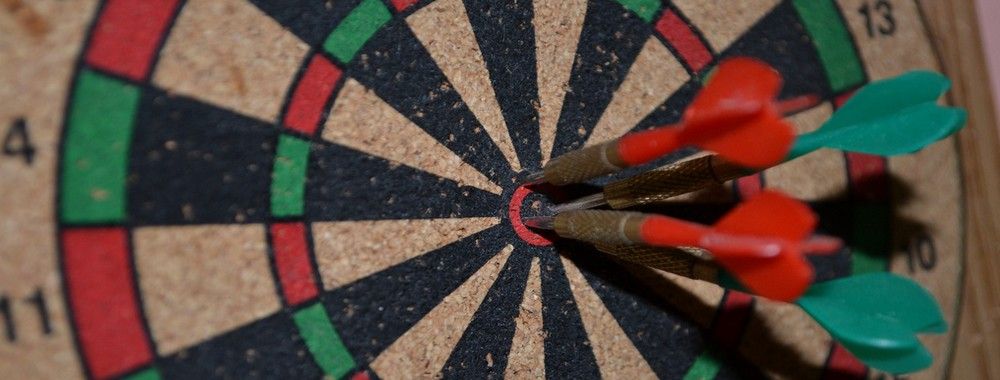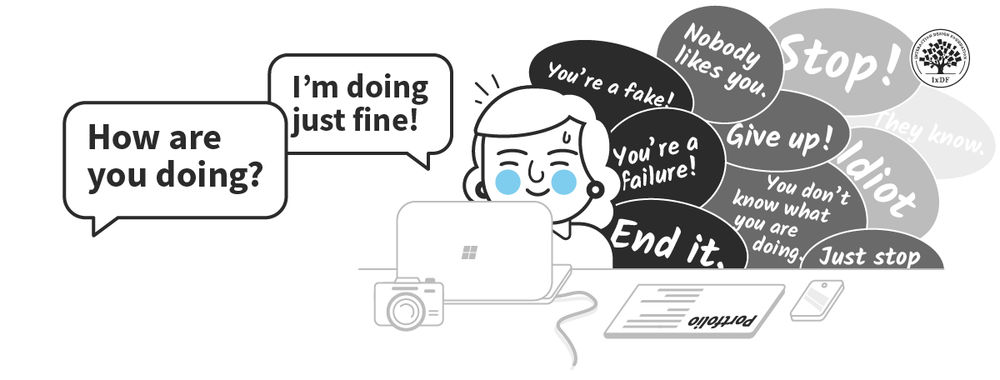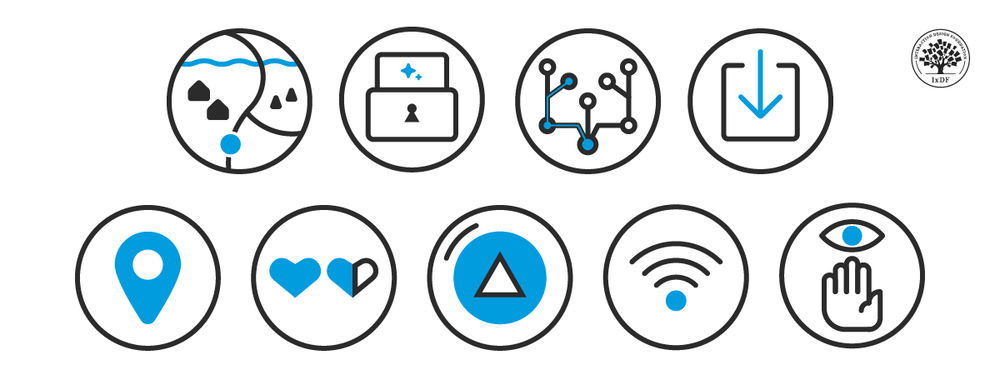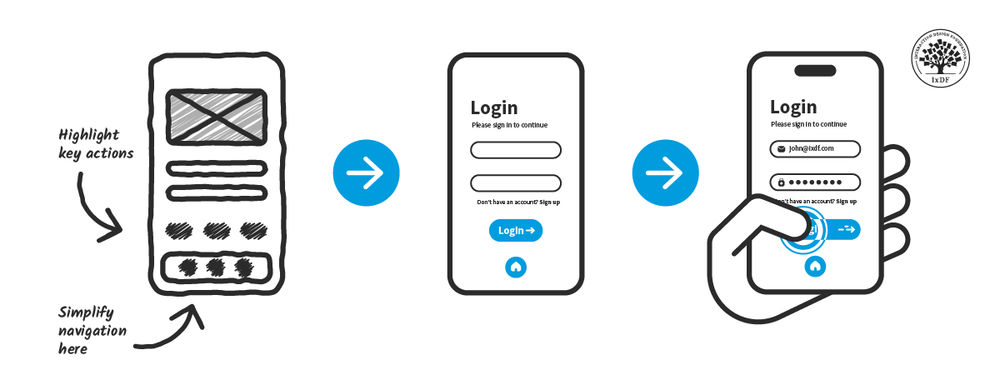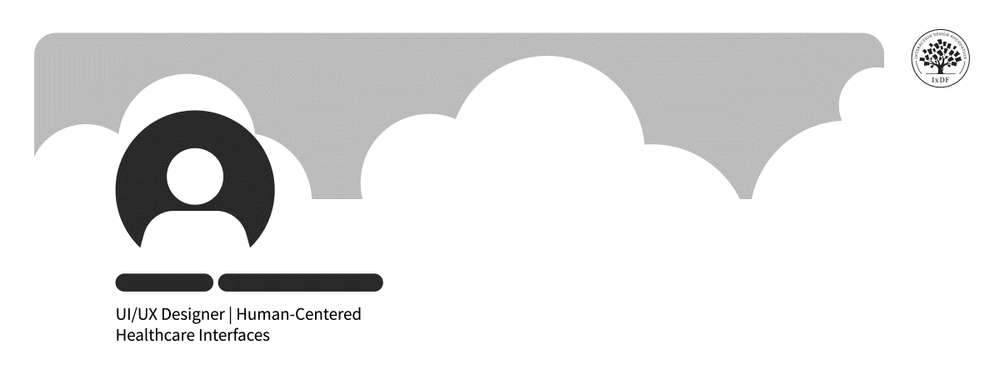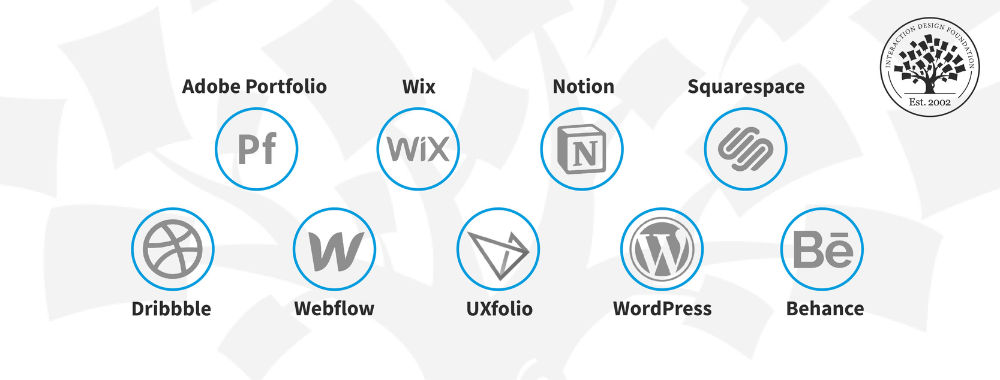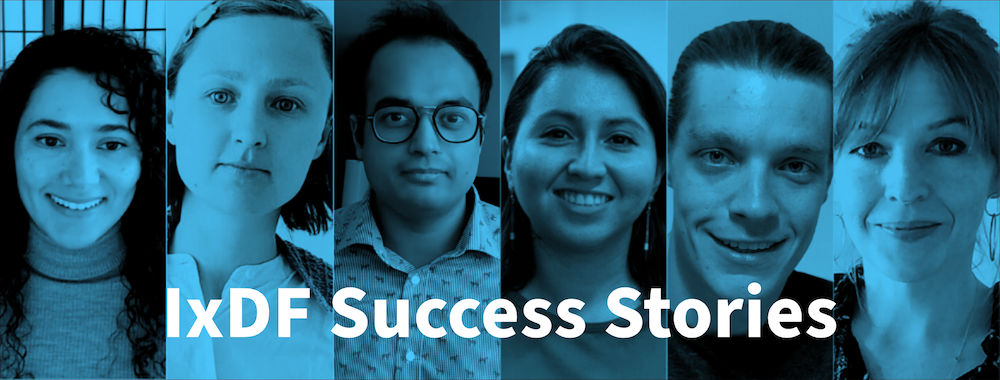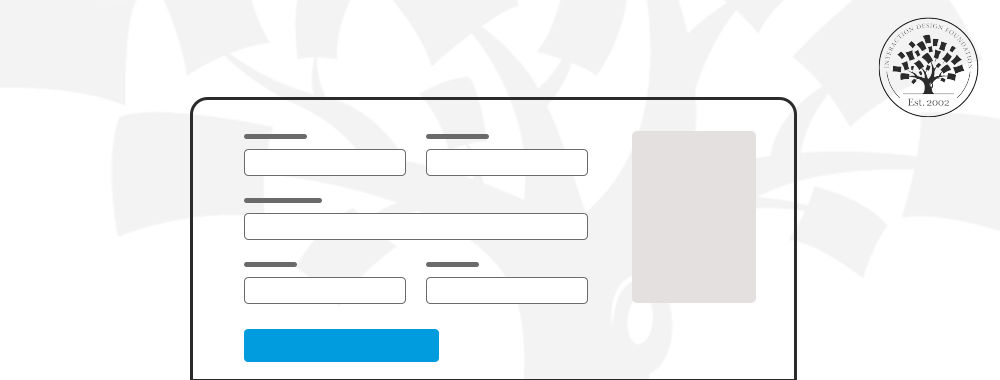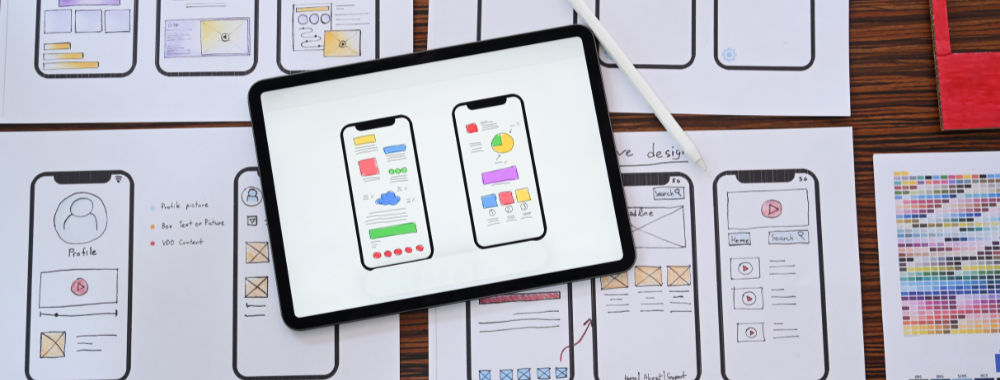Being overworked, overstimulated, over-informed, and overwhelmed is often as unproductive as doing nothing. And it’s far more unpleasant. This article will teach you to be more selective and productive. It will teach how to focus on the important tasks and ignore the rest. Here, you’ll learn the three best methods.
First, we’ll distinguish between efficiency and effectiveness.
“Effectiveness is doing the things that get you closer to your goals. Efficiency is performing a given task (whether important or not) in the most economical manner possible. Being efficient without regard to effectiveness is the default mode of the universe.”
– Tim Ferriss, American author and entrepreneur
Author Tim Ferriss explained this distinction in The 4-Hour Work Week. We don’t agree with Mr. Ferriss in all that he’s advocating for, but the above definitions can help you to distinguish between efficiency and effectiveness in your working life and overall life.
Ferriss has two key points to make that can help us think about efficiency and effectiveness:
Doing something unimportant fast and doing it well does not make it important.
Because a task requires a lot of time, it’s not necessarily important—being busy is often a form of laziness.
The more effective you become, the faster you’ll finalize the tasks that bring you closer to reaching your goals. Effectiveness is how much you get done that is actually beneficial to you, your company and your life. On the other hand, efficiency is how much work you get done. You need to understand the difference between efficiency and effectiveness so you can be effective rather than being efficient. People who focus on being effective rather than efficient will find they create more value, enjoy life more and—most importantly—achieve the results they want.
Brian works all the hours in a day—he’s in the office at 6 a.m., and he leaves at 10 p.m. He plans every minute of every day, and he’s always busy. Susan works in the same office as Brian—she turns up at 9 a.m., and she’s gone by 5 p.m.—unlike Brian, she takes an extended lunch. They’re both freelance designers—this quarter, Susan finalized client jobs for nearly $7,000, and Brian finalized client jobs for just $3,000. Brian may be more efficient than Susan—but Susan has Brian standing out in the cold when it comes to effectiveness.
It’s scary how busy people like to keep busy in their working lives (and in their lives). At work, email and meetings are often the biggest sins that allow for “busy,” which creates no real value. But honestly, not having a clear understanding of where you are going and what your specific goals are is also a major reason. We’ll first teach you how to take your specific goals and evaluate if you’re really spending your time effectively on reaching them. A second method will help you reduce the time you spend on emails. The third method will teach you how to reduce the time you spend on meetings. It’s really quite straightforward. You just have to do it.
Method 1: Define Your Goals and Track Your Time
Significant results come from effective, productive work that helps you reach your goals. The method is simple: Write down your goals. Measure how you actually spend your time at work. Then compare the two to see if you’re actually working towards your goals, what kind of work you can skip if it’s not effectively bringing you closer to your goals, and what kind of work you can reduce to a minimum. The result? You’ll free up lots of time and energy to do stuff that will bring you closer to your goals.
How to Get Started
Write down your SMART goals and prioritize them. SMART goals are: Specific, Measurable, Achievable, Realistic, Time-bound goals. SMART goals enable you to ensure that your goal is fully defined, that it will be possible to determine when you’ve reached the goal, to ensure that you can tackle the goal with the resources and capabilities open to you and that you’ve set a timescale for reaching the goal.
Write down how you spend your workday.
Once you’ve made your schedule for 1–5 days (or whatever number of days will give you an overview of how you spend your time at work), sum up the time spent in a chart (i.e., bar, line, pie chart, etc.).
Finally, it’s time to step back and evaluate how the time spent correlates with reaching your SMART goals. Which tasks stand out as “keeping busy”? Work tasks that do not bring you any closer to your or your company’s goals? Are there any work tasks that you can simply eliminate? Cut in half? Or quarters?
To do this, you’ll need a timer (a stopwatch is fine), which you should start at the beginning of each day.
Every time you change a task, write down how much time you just spent on the previous task.
This is best done for one week. If you perform very repetitive tasks, you can just do it for a day or two. The essential thing here is that the schedule should allow you to deduce how you are spending your time at work (at least in general terms).
The schedule could look like this:
Time | Time Spent | Task |
9.00-10.40 | 1.40 | Emails |
10.40-10.45 | 0.05 | Restroom |
10.45-12.00 | 1.15 | Meeting |
12.00-12.15 | 0.15 | Visual design for customer X |
12.15-12.55 | 0.40 | User Research for customer Y |
12.55-13.00 | 0.05 | Phone call with customer N |
13.00-13.45 | 0.45 | User Research for customer Y |
13.45-14.10 | 0.25 | Lunch break |
Etc. | Etc. | Etc. |
Sure, this might seem like a lot of hard work, but when you see how much of your time is spent on unproductive work, it will be a real eye-opener for you. It may take some time for one week, but you’ll soon find out that you can free yourself of that work and dedicate your time to producing effective work that feels and is meaningful.
Some people will be able to eliminate up to 80% of the stuff they do today and replace it with work that enables them to reach their personal and professional goals. It may also help them quit working 50+ hour weeks and obtain a better work-life balance.
This isn’t a lazy approach to work. On the contrary, it’s an effective approach. Focusing on productivity rather than personal sacrifice isn’t lazy—it’s smart.
“Doing less meaningless work, so that you can focus on things of greater personal importance, is NOT laziness. This is hard for most people to accept, because our culture [American] tends to reward personal sacrifice instead of personal productivity.”
– Tim Ferriss
You could actually advocate for the fact that you’re lazy if you don’t often evaluate the correlation between the time you spend on your work tasks and your work goals. Likewise, you can apply this method to your life in general.
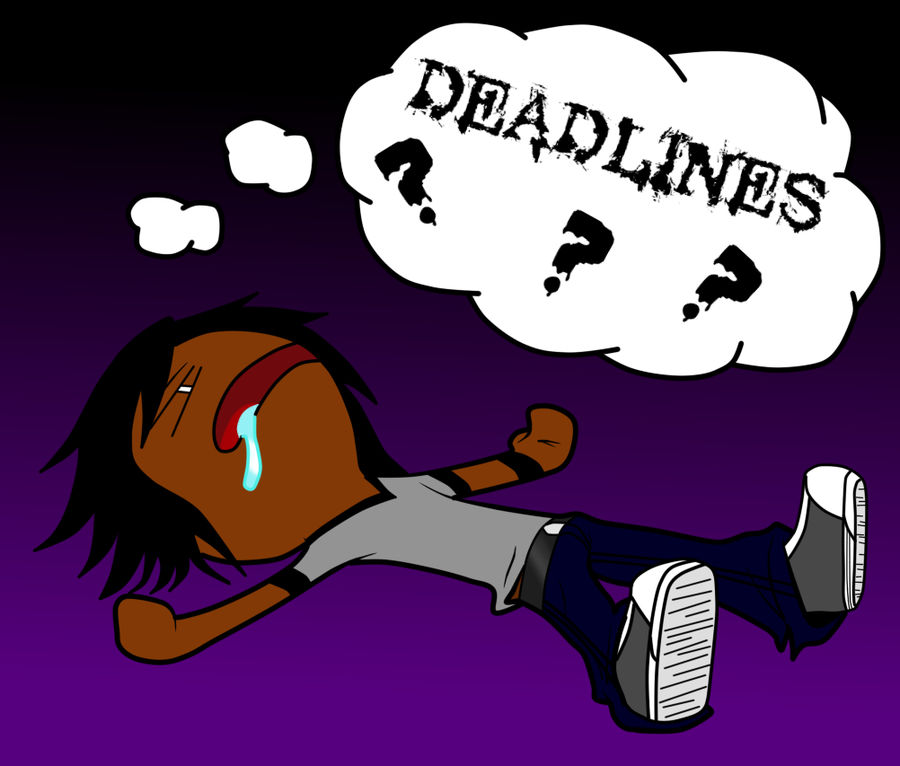
Being overworked, overstimulated, over-informed and overwhelmed is often as unproductive as doing nothing. And it’s far more unpleasant. “Being selective–doing less–is the path of the productive. Focus on the important few and ignore the rest,” Tim Ferriss advocates.
© Nurambus, CC BY-SA 3.0
When you use this method, you can change your mindset from personal sacrifice to personal effective productivity and create significant results.
“Workaholics aren't heroes. They don't save the day, they just use it up. The real hero is home because she figured out a faster way”
― Jason Fried, Rework
It’s meaningful, energizing and relieving to focus on performing only the most important tasks, creating awesome results and doing that so much faster than you ever believed you would be able to.
It’s important that you continue to perform the essential tasks at work. You want to focus continuously on doing these essential tasks in a more productive manner when it’s possible to do so.
Method 2: How to Use the Distinction and Eliminate Excess Time Spent on Emails
If you’re being busy at work, for example checking and answering their emails for three hours every day, chances are that you’re merely keeping yourself busy. It may be efficient if you have a system to help you answer and manage all of your emails. But it can never be effective. Emails can and should be kept to a minimum.
If you’re spending hours and hours at work on emails—try this easy method to free up your time to do more valuable work which brings you closer to your goals:
Set aside as little as 15–30 minutes a day for emails.
Use the least productive time in your day for this. If you tend to “let go” just before lunch or before the end of the day, that’s the ideal time to work on emails.
This approach allows you to use your most productive and focussed time to be effective with tasks that really do matter. This is often early mornings or the hours following lunch.
Start today.
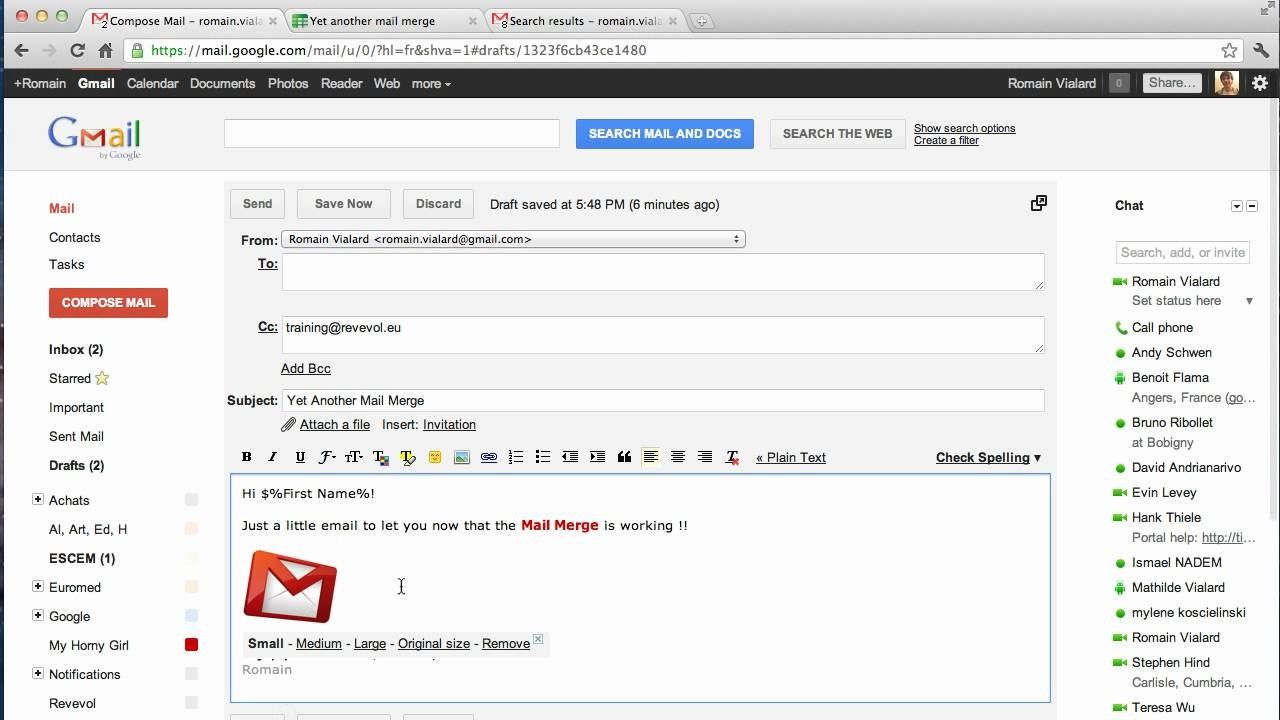
Emails may keep the world informed at a brisk pace and oil the wheels of business, but they can become just plain time-consuming and counterproductive to manage. The trick is to aim for the least costly part of your day so as to do your e-correspondence effectively.
© Romain Vialard, Fair Use
Method 3: How to Use the Distinction and Eliminate Excess Time Spent on Meetings
The same thing applies to meetings. Meetings are toxic and should be kept at a minimum. Jason Fried, CEO, Co-Founder of Basecamp and co-author of Rework, provokingly states that meetings“often include at least one moron who inevitably gets his turn to waste everyone’s time with nonsense”.
We’ve all been in long boring meetings with people who like to hear themselves talk. If you are in a position where they can do something to reduce the number of meetings actively, then there are some simple rules from Seth Godin to help them do this and save time for yourself and all the other participants.
Seth Godin’s Rules for Better Meetings
Invite the right people and nobody else.
Make sure meetings start on time.
Meetings don’t end when Outlook says they end. They end when they need to. Ideally, this is long before Outlook says they do.
Every meeting must have a defined objective. The meeting ends when that objective is reached.
Welcome guests appropriately.
If you host the meeting—make sure your guests have the right directions, a place where they can kill time productively before the meeting, internet access, refreshments, a full understanding of what the meeting is about and enough detail on the other participants in the meeting to enable them to work together.
Make sure that information—including any agenda or PowerPoint—is well managed. That is, participants have copies far enough in advance to use them and hard copies are available in the meeting if necessary.
No running around at the last minute to find cables, etc. Prep the meeting room so it’s fit for the purpose.
Follow up meetings with a memo explaining who came and what was decided.
The Take Away
Efficiency is the rate at which someone gets things done. Effectiveness is measured by the rate at which people do things that matter. There’s a big difference. People who focus on being effective rather than efficient will find they create more value, enjoy life more and—most importantly—achieve the results they want. When you learn the difference and refocus your working life on being effective rather than efficient, you’ll sooner than later reach your goals.
References and Where to Learn More
Read Seth Godin’s piece, Making Meetings More Expensive.
Read Timothy Ferriss’ book, The 4-Hour Work Week.
Read Jason Fried and David Heinemeier Hansson’s book Rework
Hero Image: © Richard Matthews, CC BY 2.0
